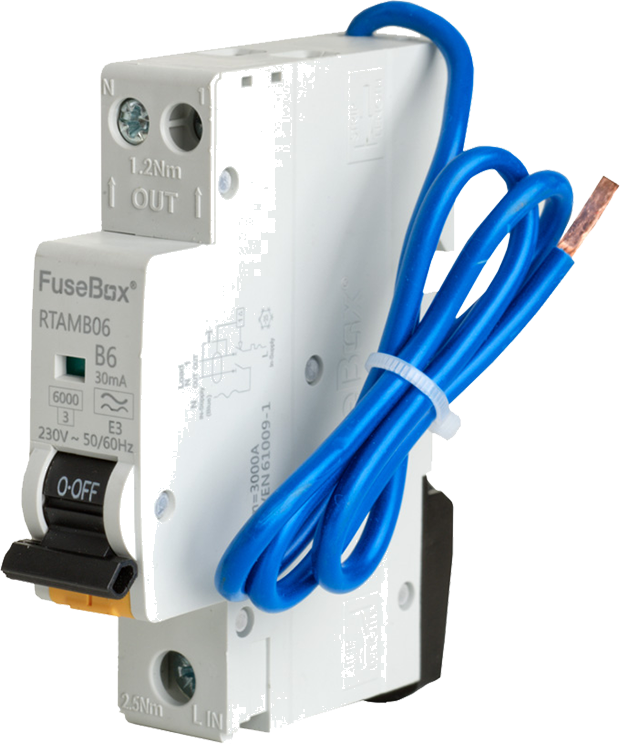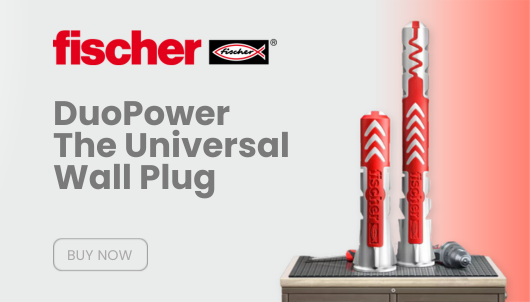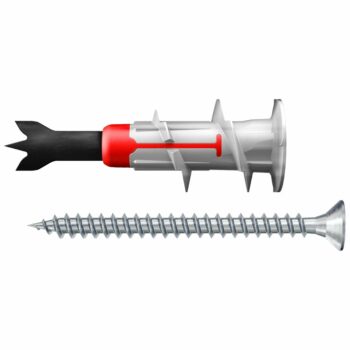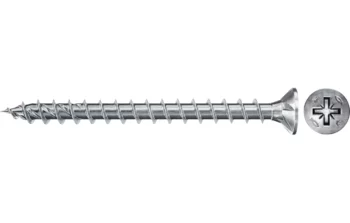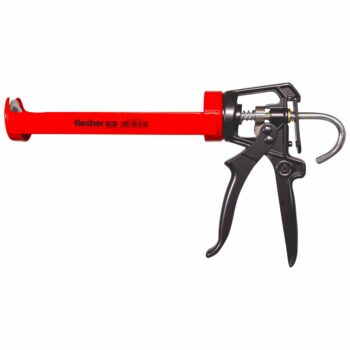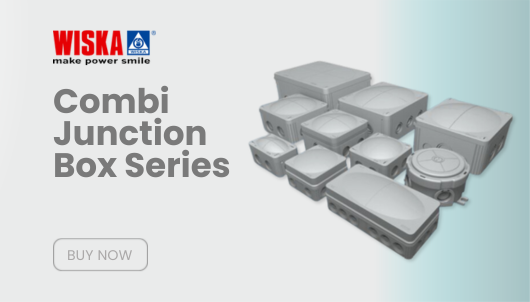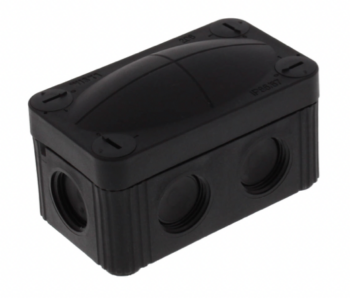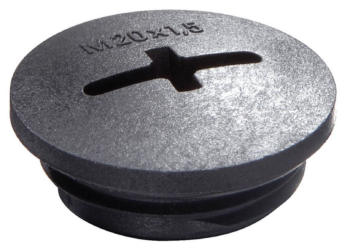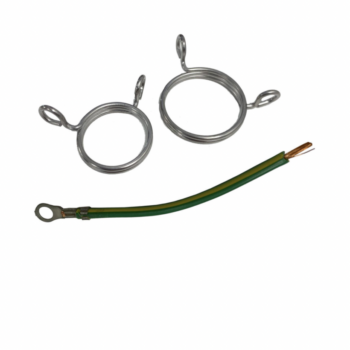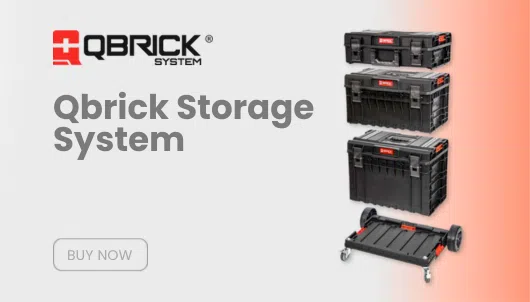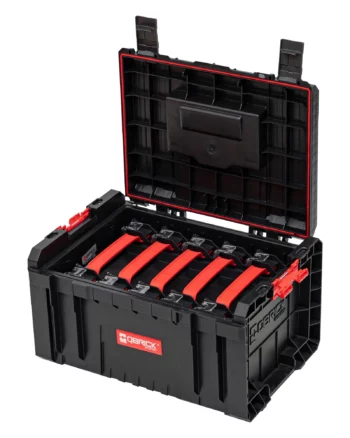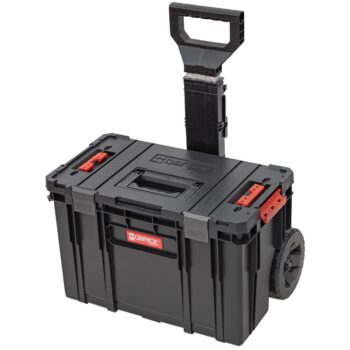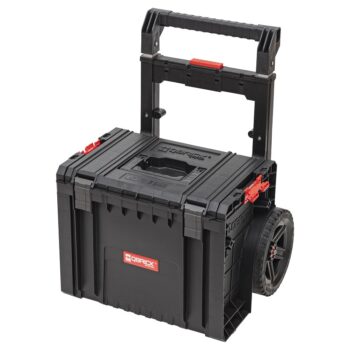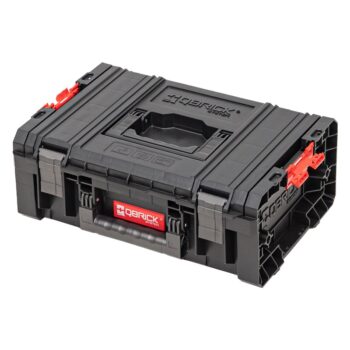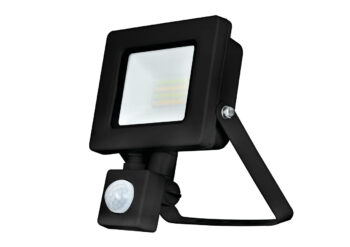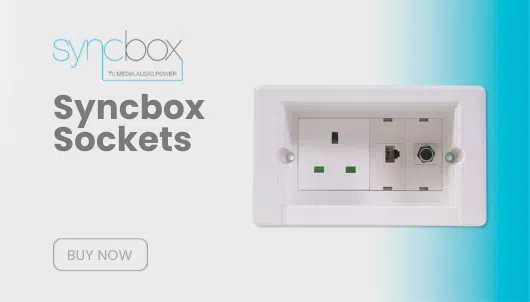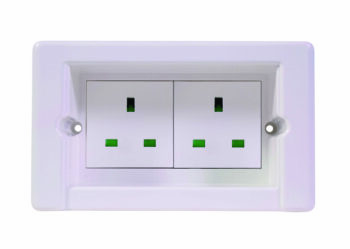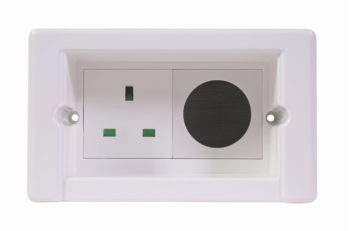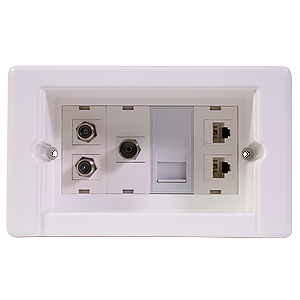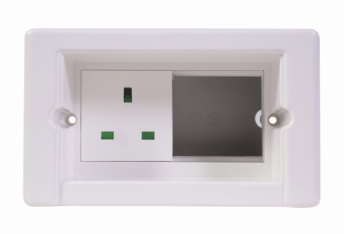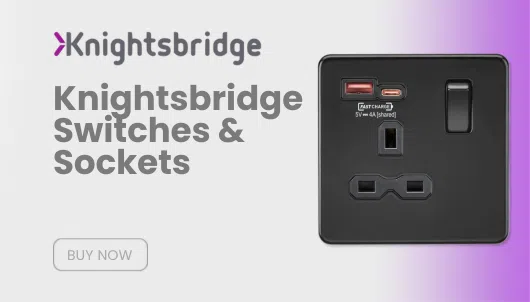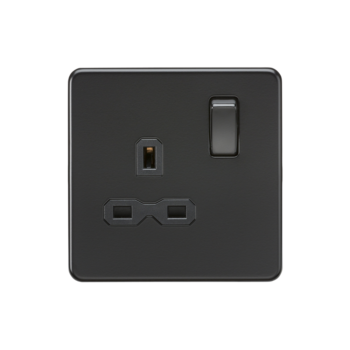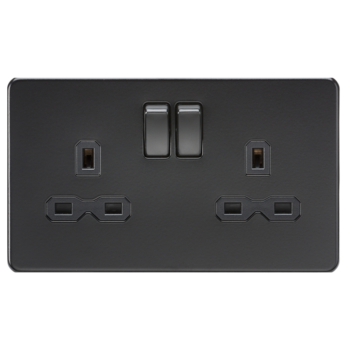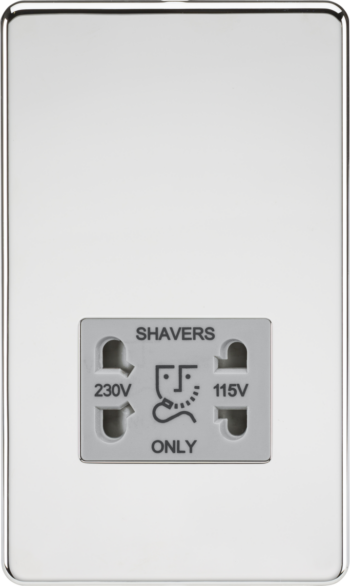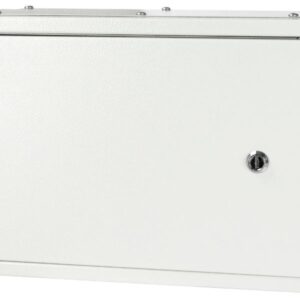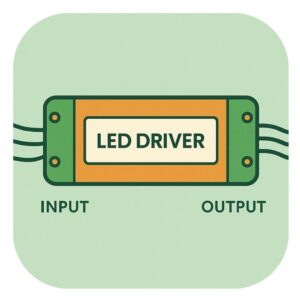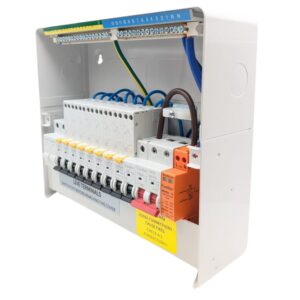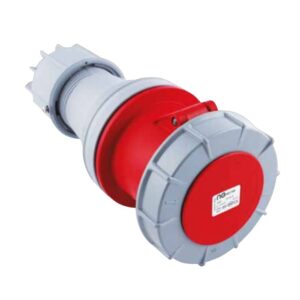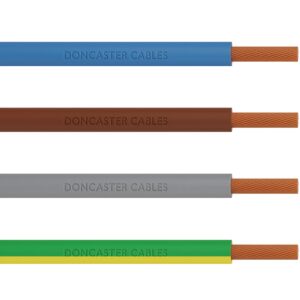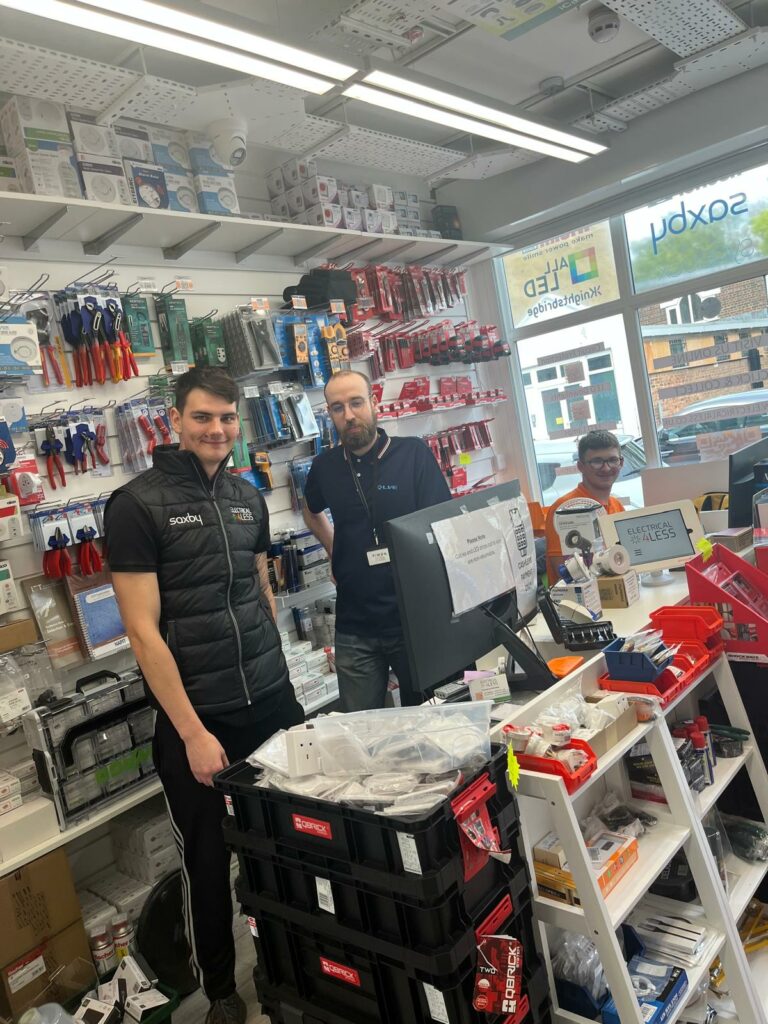FuseBox RCBOs
When it comes to modern electrical installations, safety and efficiency are paramount. FuseBox RCBOs are a popular choice for both domestic and commercial applications. But what makes them so special? From bidirectional capabilities to technical specifications, this comprehensive FAQ guide will answer all your questions about FuseBox RCBOs.
Table of contents
- FuseBox RCBOs
- 1. Are FuseBox RCBOs Bidirectional?
- 2. Are FuseBox RCBOs Double Poles?
- 3. Why Use RCBO Instead of RCD?
- 4. Will an RCBO Stop Nuisance Tripping?
- 5. What is the Life Expectancy of an RCBO?
- 6. Are FuseBox RCBOs Type A?
- 7. What is a Type A RCBO?
- 8. What Circuits Need RCBO Protection?
- 9. What Causes an RCBO to Trip?
- 10. What is the Tripping Time for a 30mA RCBO?
- 11. What Faults Do RCBOs Detect?
- 12. Can I Replace an MCB with an RCBO?
- 13. What is a Bidirectional RCBO?
- 14. Are There FuseBox Bidirectional RCBOs?
- 15. Are There FuseBox Mini RCBOs?
- 16. Are FuseBox RCBOs Expensive?
- Conclusion
1. Are FuseBox RCBOs Bidirectional?
Yes, certain FuseBox RCBOs are bidirectional. This means they can receive electrical current from both the supply side and the load side. This is especially important when working with alternative energy sources like solar PV systems. Bidirectional RCBOs are designed to detect and isolate faults, regardless of the direction of current flow. This makes them suitable for modern, energy-efficient homes that use renewable energy systems.
2. Are FuseBox RCBOs Double Poles?
No, most FuseBox RCBOs are single-pole devices. However, they do have neutral monitoring capabilities, meaning they can detect issues on the neutral as well as the live conductor. Some double-pole RCBOs are available on the market, but they are generally used for specialized applications where isolation of both live and neutral is necessary.
3. Why Use RCBO Instead of RCD?
An RCD (Residual Current Device) protects an entire group of circuits, whereas an RCBO (Residual Current Breaker with Over-Current) provides individual circuit protection. This is crucial for preventing one circuit from affecting the entire system. For example, if a single appliance trips an RCBO, only that specific circuit is affected, whereas an RCD would cut power to multiple circuits.
4. Will an RCBO Stop Nuisance Tripping?
Yes, RCBOs are designed to reduce nuisance tripping. Unlike an RCD, which covers multiple circuits, an RCBO protects each circuit individually. This means that if an issue occurs on one circuit (like a leaky appliance), it won’t cause the whole system to lose power.
5. What is the Life Expectancy of an RCBO?
The typical life expectancy of an RCBO is around 10 to 20 years, but this can vary depending on usage, electrical load, and environmental conditions. Regular testing and maintenance are recommended to ensure long-lasting performance.
6. Are FuseBox RCBOs Type A?
Yes, most FuseBox RCBOs are Type A. Type A RCBOs can detect both AC (Alternating Current) and pulsating DC (Direct Current) residual currents. This makes them suitable for modern appliances like washing machines, dishwashers, and devices with variable speed drives.
7. What is a Type A RCBO?
A Type A RCBO can detect residual AC current as well as pulsating DC current. This capability is crucial for modern devices with built-in electronics, as they often emit DC residual current that standard Type AC devices cannot detect.
8. What Circuits Need RCBO Protection?
Circuits that commonly require RCBO protection include:
- Socket outlets (to protect users from electric shock)
- Lighting circuits (to prevent trips caused by moisture)
- Kitchen circuits with appliances like washing machines or dishwashers
- Circuits in garages, sheds, or outbuildings
9. What Causes an RCBO to Trip?
An RCBO can trip due to several factors, including:
- Earth faults (leakage currents to earth)
- Overloads (exceeding current rating)
- Short circuits (direct contact between live and neutral conductors)
- Nuisance tripping (due to environmental factors like humidity)
10. What is the Tripping Time for a 30mA RCBO?
A 30mA RCBO must trip within 40ms at five times its rated current. This fast reaction time helps protect people from electric shock and reduces the risk of injury.
11. What Faults Do RCBOs Detect?
RCBOs can detect the following faults:
- Overcurrent (when a circuit is overloaded)
- Short circuit (when live and neutral wires touch)
- Earth leakage (leakage of current to earth)
12. Can I Replace an MCB with an RCBO?
Yes, you can replace an MCB (Miniature Circuit Breaker) with an RCBO. While MCBs only protect against overcurrent, RCBOs provide both overcurrent protection and residual current protection, making them a better, safer option.
13. What is a Bidirectional RCBO?
A bidirectional RCBO can detect faults from both incoming and outgoing currents. This makes it ideal for installations with renewable energy systems like solar panels, where power can flow in both directions.
14. Are There FuseBox Bidirectional RCBOs?
Yes, FuseBox offers bidirectional RCBOs as part of their product range. These are ideal for modern installations with renewable energy sources like solar panels.
15. Are There FuseBox Mini RCBOs?
Yes, FuseBox produces mini RCBOs that are compact in size. These are perfect for consumer units with limited space. Mini RCBOs offer the same level of protection but in a smaller form factor.
16. Are FuseBox RCBOs Expensive?
FuseBox RCBOs are competitively priced and offer excellent value for money. While they may cost more than standard MCBs, the added protection against overcurrent, earth faults, and leakage currents justifies the investment.
Conclusion
FuseBox RCBOs are a vital component in modern electrical installations. They offer superior protection, reduce nuisance tripping, and ensure electrical systems remain safe and reliable. From single-pole to bidirectional options, FuseBox has a variety of models to suit every need. By upgrading from traditional MCBs to RCBOs, you gain additional protection, reduced risk of electric shock, and enhanced system efficiency.
For a wide range of FuseBox RCBOs, including bidirectional and mini models, visit Electrical4Less.co.uk.
If you have more questions about FuseBox RCBOs, leave a comment or get in touch with our experts. We’re here to help!
Need More Guidance?If you’d like more information on how to choose the right RCBO, or if you’re wondering how to upgrade your existing system, our experts are happy to assist. Contact us at Electrical4Less.

